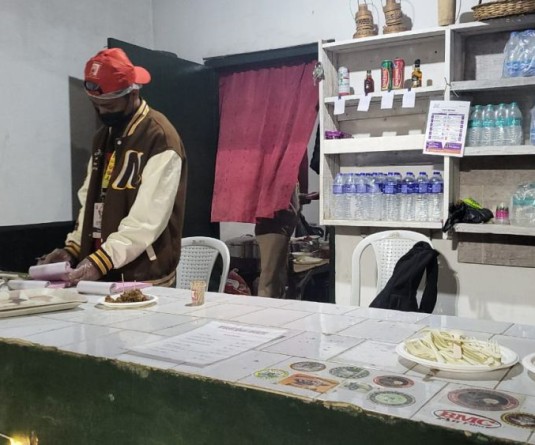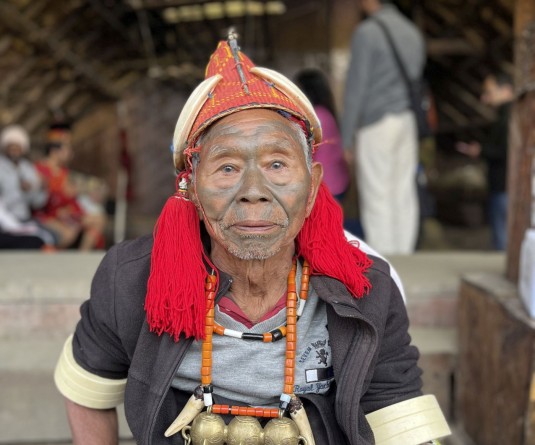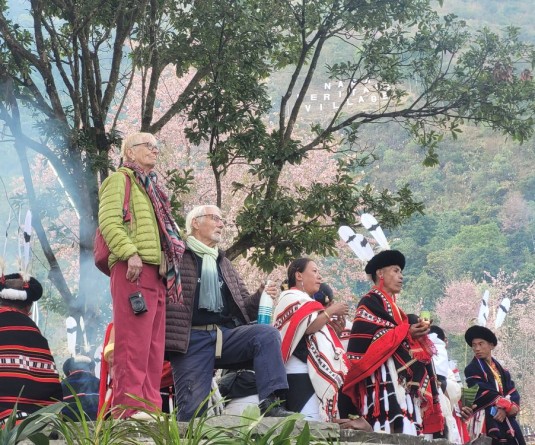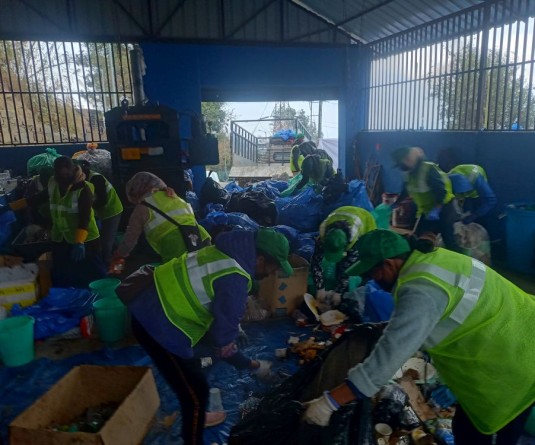The Pyrus Homestead in Jakhama, Kohima. The house is built largely from wood, a choice rooted in both design and tradition.
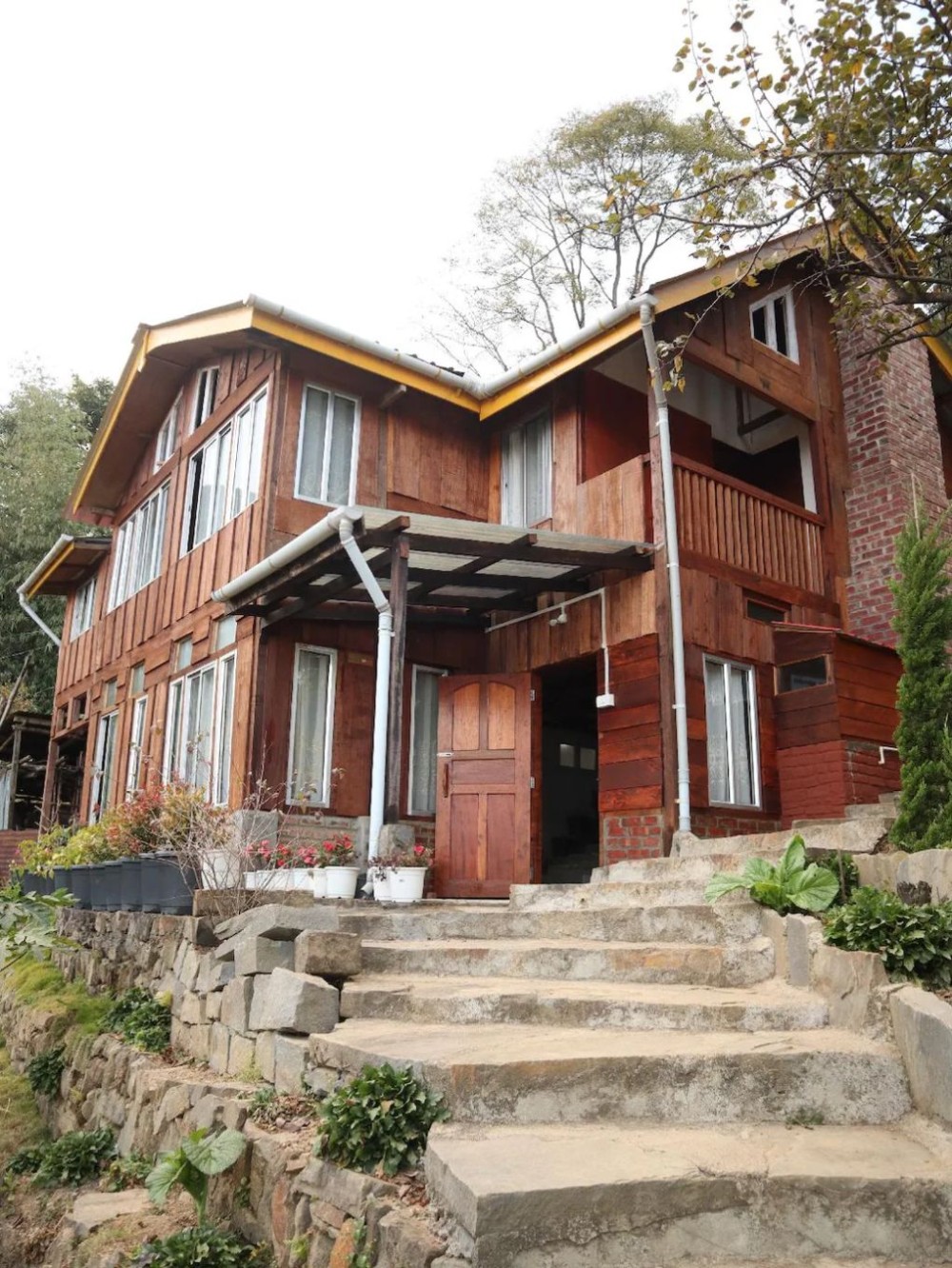
Yarden Jamir
Mokokchung | November 13
In Nagaland’s growing tourism landscape, “authenticity” is a word that attracts travellers as much as it confuses them. For many visitors, staying in a Naga home, not just visiting, feels like a chance to connect with the rhythms of a place that still seems personal and unhurried. Yet what truly counts as authentic in an age of online listings, hot showers, and western toilets?
This story began with a simple question: Are traditional, indigenous-style homestays in Nagaland on the rise or decline?
‘Authenticity alone doesn’t sell’
Few people understand Nagaland’s tourism ecosystem better than Rohan K Abraham, a travel curator who has spent over a decade building routes across the state. His observation is blunt, “Everyone says they want authentic experiences. But authenticity alone doesn’t sell.”
The contradiction, he says, lies in travellers’ comfort thresholds. “They love the look of a Naga house, the wood, the setting, the village vibe, but they still want private rooms, clean sheets, Western toilets, and hot water. Comfort isn’t luxury; it’s a baseline.”
That expectation limits how “authentic” a homestay can remain. “Most guests are happy to see a traditional house, not live in one,” Rohan explains. “They want an experience that feels rooted but still fits their lifestyle.”
The contradiction is sharpest during the Hornbill Festival, when tourism peaks and the rest of the year falls silent. “The entire economy revolves around ten days,” he notes. “Who will invest lakhs into maintaining a traditional homestay when bookings come only for a week or two?”
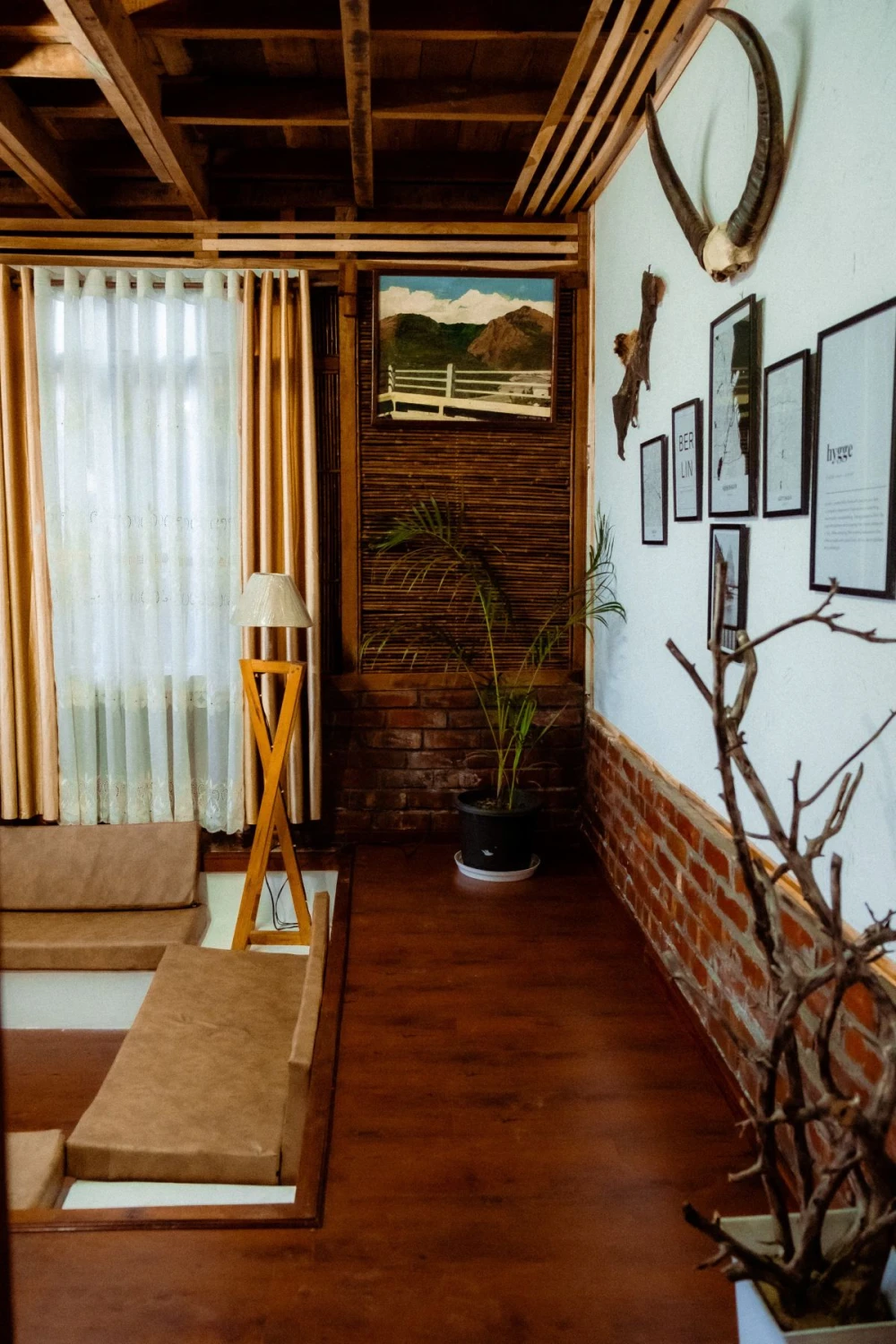
For Rohan, the problem is structural, not cultural. “The system doesn’t reward authenticity. Connectivity is poor, travel costs are high, and guests expect hotel-like convenience. Someone from Bangalore can reach Vietnam faster and cheaper than Kohima.”
Rohan describes a middle ground: homestay that look traditional but operate with modern comforts. The architecture may be wooden and the décor local, yet the essence of community-based hospitality, once central to Naga homes, is harder to sustain.
When the story changed
This story began as a search for traditional, indigenous-style homestay echoing old Naga craftsmanship. Fieldwork revealed that few exist today in a purely traditional form.
Most are hybrids, wooden façades over concrete frames, or modern houses softened with local aesthetics. The shift is not just architectural; it reflects how ideas of authenticity have adapted to comfort, cost, and changing aspirations. What remains traditional is less the structure than the spirit, the warmth of hosting, the food, and the sense of belonging that turns a visitor into family, even if only for a night.
Building a home, not a hotel
For Neivi Khieya, who runs The Pyrus Homestead in Jakhama, Kohima, that balance defines his work. A trained interior designer, he started the homestay in 2022 almost by chance. “We had land and planned to build a house,” he recalls. “Then I thought, why not make it a homestay?”
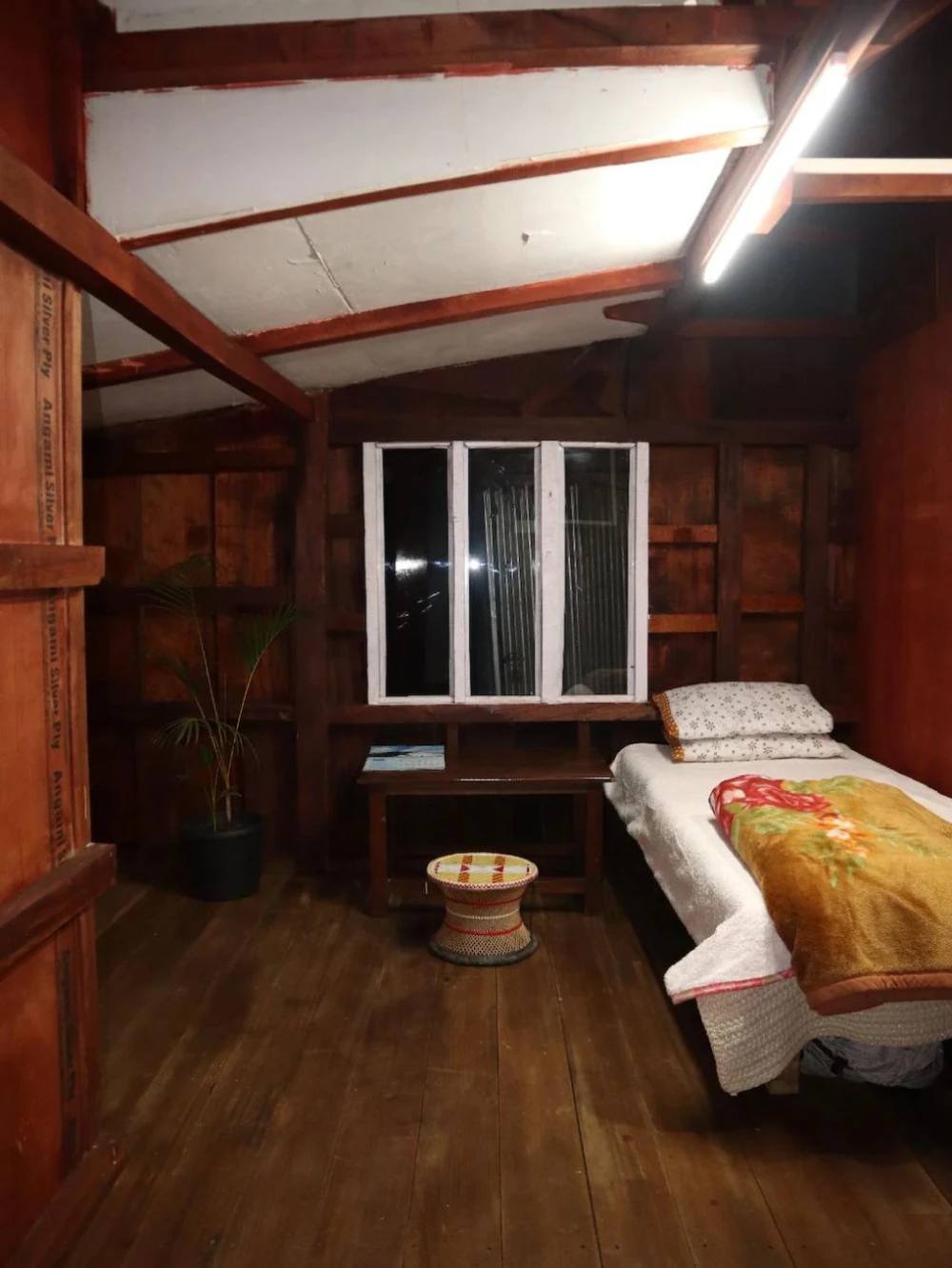
The house is built largely from wood, a choice rooted in both design and tradition. “The whole house is wooden, but with modern facilities,” he says. “Guests want to feel they’re in Nagaland, but they also want comfort. So we make sure it’s both.”
For him, authenticity means reinterpretation rather than replication. “You can’t build like our ancestors did - the materials and lifestyle are different now. But you can bring that feeling into the design: the texture, the openness, the way everything connects.”
The Pyrus Homestead has four rooms run by his family, serving home-cooked Naga food with seasonal ingredients. “When guests come, I tell them about local crafts, shawls, and old practices,” he says. “It’s a way to show who we are - and also to make a living.”
Running a homestay, however, is not easy. Maintenance is costly, and bookings remain seasonal despite gradual growth. “During Hornbill, we’re full months in advance,” Neivi says. “The rest of the year, guests come in small numbers.”
Unlike neighbouring states where tour agencies aggressively market local stays, Nagaland’s ecosystem remains limited. “Most travel packages are still handled by agencies outside Nagaland,” he observes. “We need more homegrown efforts to build year-round tourism.”
A traveller’s truth
For Ajaa Sharma, a traveller who has stayed in several homestays across Nagaland, authenticity isn’t something that can be built or branded, it happens naturally.
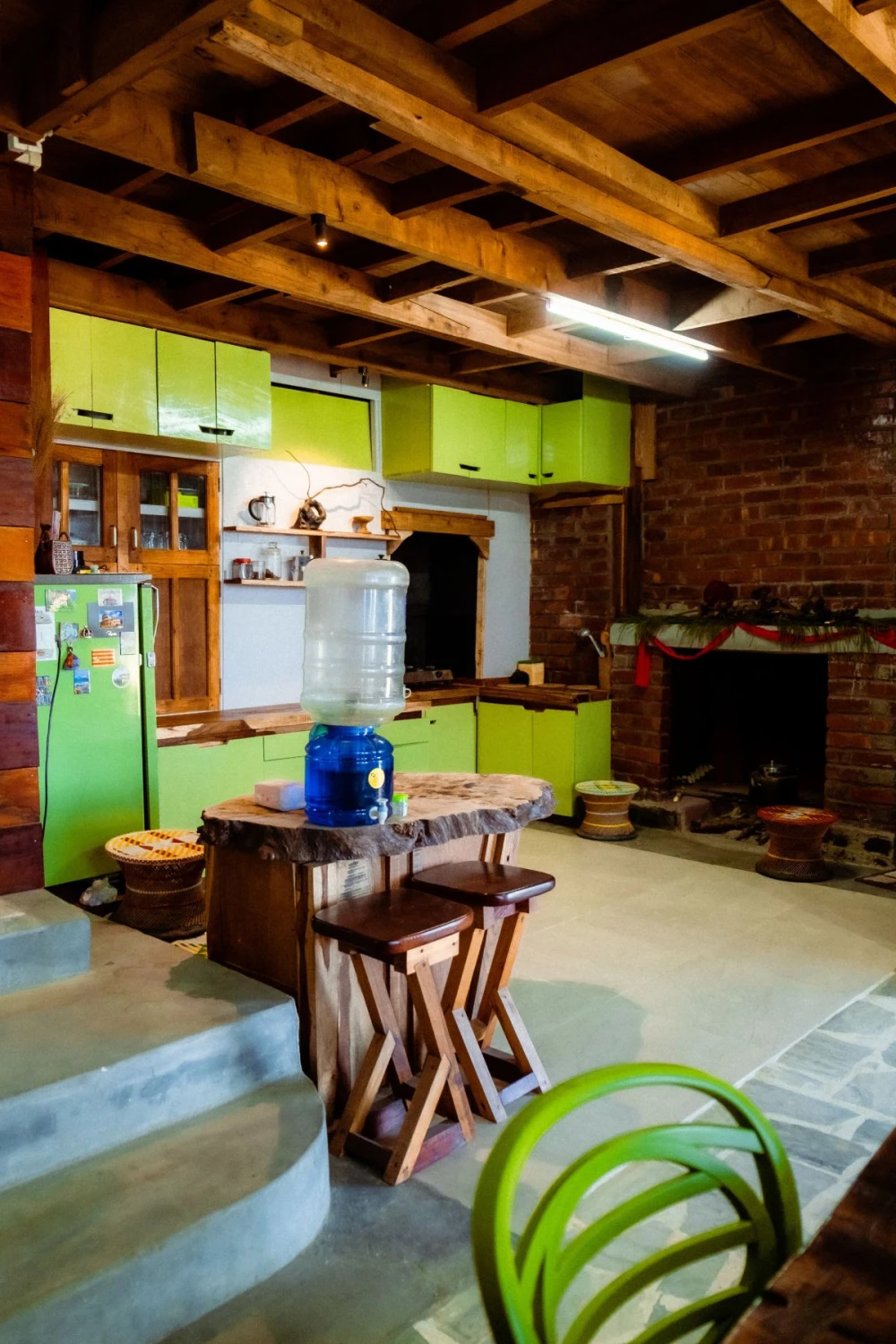
Her first visit to Dzüleke was unplanned and unpolished. “The house wasn’t fully finished. There was no electricity, no reception, no fancy amenities. But it was beautiful,” she recalls. “We cooked on firewood, used lamps for light, and listened to the host tell stories about the hills. It was peaceful and real.”
Ajaa didn’t go looking for culture but found it anyway. “He wasn’t performing his traditions for us, he just lived them. The conversations, the food, the way he spoke about the forest, it all came naturally.”
Her later stays, in Kohima and Kiphire, revealed a more structured hospitality: “They didn’t tell you what to see or how to feel. You just blended in. If they were singing, they sang for themselves, you were welcome to listen.”
Still, she notes, informality has limits. “Clean bathrooms, electricity, water, these things matter. I have stayed in places where it was difficult, especially for longer stays. So I understand why some people prefer comfort. But that doesn’t mean homestay should turn into hotels.”
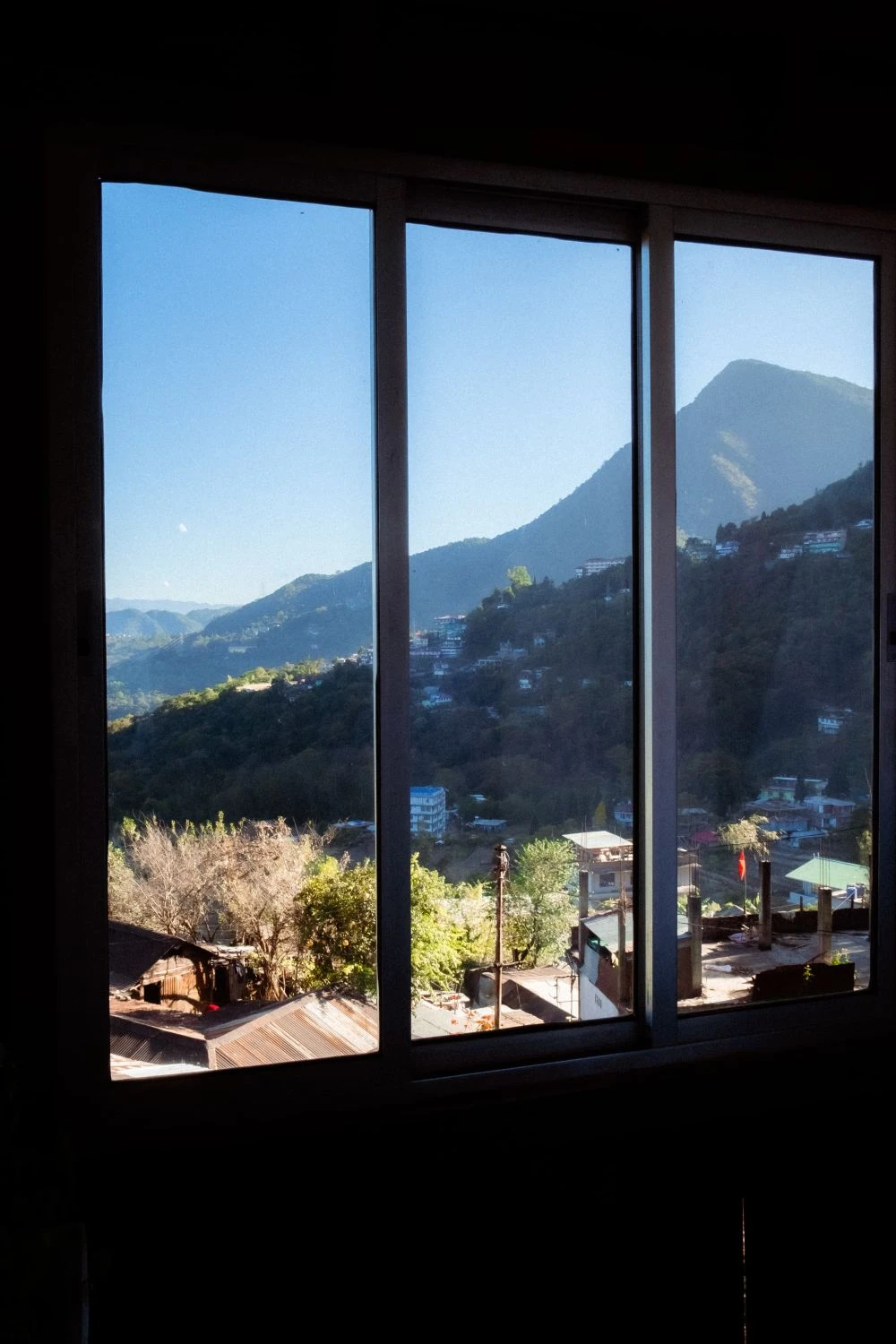
For her, the challenge is balance. “Tourism shouldn’t come at the cost of local traditions or the ecosystem. Some discomfort protects the place, it keeps it from being overrun.”
The balancing act
Together, the voices of Rohan, Neivi, and Ajaa tell a larger story, of an industry still finding its footing and a culture negotiating how to be seen.
Nagaland’s homestay movement sits at the intersection of economics, identity, and representation. It holds the promise of cultural revival but also the risk of self-exoticisation. A wooden house can either be a living expression of tradition or a backdrop for someone else’s holiday photo.
This tension is not unique to Nagaland, but here it feels intimate. The act of hosting has always been part of Naga life, long before tourism arrived. The difference now is that it has a price tag.
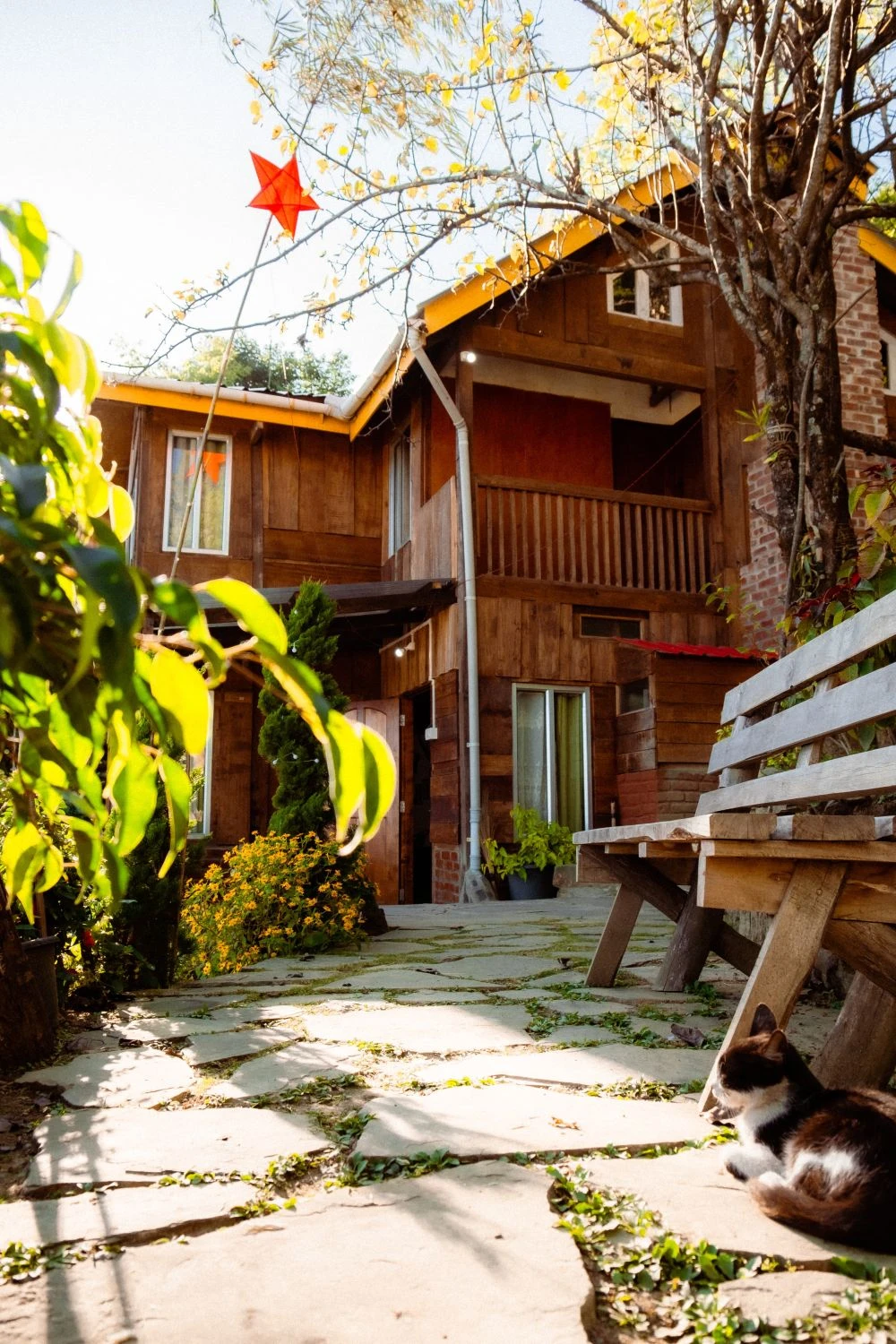
As Rohan explains, the problem isn’t hospitality but the market itself, one that rewards visibility over substance. “People aren’t unwilling to host,” he says. “It’s just that the system doesn’t make it sustainable.”
Ajaa’s experience suggests that travellers aren’t asking for much. “People remember how they were treated, not how the room looked. What makes Nagaland special is that its warmth isn’t performative, it’s real.”
And Neivi, still refining his homestay, agrees: “If guests leave feeling they’ve stayed in a home, not a hotel, that’s enough.”
The challenge for Nagaland’s homestays is a question of construction: how to build for the future without erasing the past. Over-modernization risks losing their cultural soul, yet a strict adherence to tradition can make them unsustainable.
The path forward requires building homestays that are intentionally traditional—not as museum pieces, but as living, functional homes. For hosts, this means taking pride in authentic design and hospitality. For travelers, it means valuing genuine simplicity over standardized comfort.
Ultimately, the future of Nagaland’s homestays depends not on mimicking hotels, but on a conscious commitment to building and sustaining spaces that truly feel like home.
(This is the third report of the four-part series highlighting the experiences and challenges faced by the construction industry in Nagaland as part of the KPC-NBOCWWB Media Fellowship 2025).


